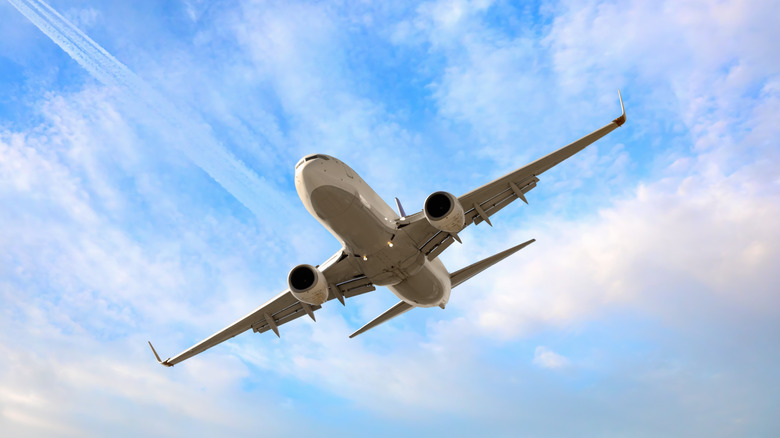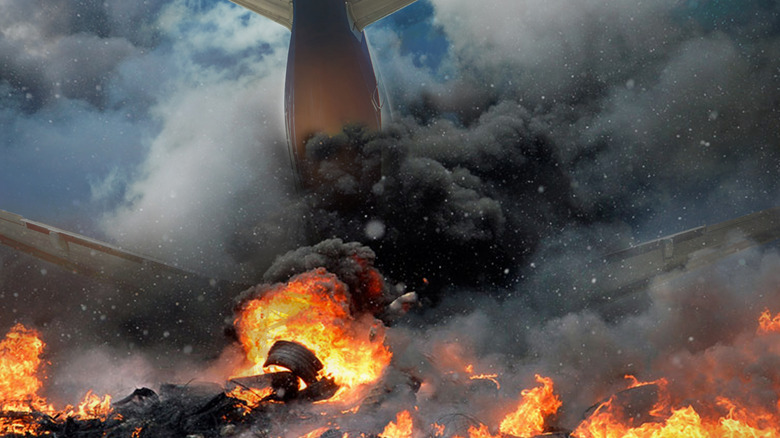Why 1972 Was The Worst Year In Aviation Safety
Out of 40.6 million flights in 2024, seven resulted in fatal accidents, according to the International Air Transport Association (IATA). These seven accidents led to 244 onboard fatalities in total. In 1972, by contrast, there were 75 airliner accidents resulting in 2,389 fatalities, per the Aviation Safety Network.
The 1972 numbers seem even more striking when you consider how much air travel has grown since then — the number of flights has been increasing steadily for decades, barring exceptional travel disruptions such as the coronavirus pandemic.
Granted, aviation safety standards have come a long way since the 1970s and systems like EMAS (Engineered Materials Arresting System) have been developed, but that alone does not fully explain what took place in 1972, which remains the worst year on record. So, what contributed to such a high number of accidents and fatalities in that year? In short, a combination of insufficient safety regulations, technological limitations, and unfortunate circumstances. Here what you need to know.
1972: The year of tragedy
Just a week into 1972, Iberia Flight 602 crashed into a mountain near Ibiza Airport, resulting in the deaths of all 104 individuals on board. The crew was allegedly discussing soccer with air traffic control and became distracted.
In May, the Alitalia Flight 112 crashed into a mountainside near Palermo, Italy, killing all 115 people on board. The crash was blamed on pilot error — a contributing factor in many of aviation history's worst accidents.
Accidents piled up one after another. In October 1972, a plane carrying members of a rugby team from Uruguay crashed in the Andes, as the pilot and air control mistakenly believed that they had already crossed the mountain range. Twelve passengers of the 45 on board died in the initial crash. The remaining fatalities occurred over subsequent weeks due to injuries, avalanches, and starvation. Only 16 people made it out alive.
The year ended with two major tragedies. On December 23, Braathens SAFE Flight 239 crashed while approaching an airport in Oslo, Norway, killing 40 passengers and three crew. An investigation later established that procedural and navigational errors were to blame for what had taken place. Just five days later, a Lockheed L-1011 Tristar jetliner went down in a swamp close to Miami International Airport, resulting in the loss of 101 lives. The accident was caused by the crew's preoccupation with a technical malfunction.
Flying is now safer than ever
After reading about the 1972 accidents, it is natural to question whether airplanes are really the safest way to travel. Fortunately, the answer is a resounding "yes." In fact, if it weren't for the lessons learned from tragic years like 1972, we wouldn't have the advanced safety standards and systems we have today.
For one, the U.S. Federal Aviation Administration (FAA) mandated Ground Proximity Warning Systems (GPWS) in 1974 to alert pilots when they flew too close to the ground or obstacles. The FAA has also played a central role in modernizing air traffic control systems, enforcing strict safety standards, and continually updating regulations.
Meanwhile, the switch from analog to digital instruments also began in the 1970s, with the introduction of "glass cockpit" technology to improve situational awareness and reduce pilot workload. As technology improved and regulations became stricter, the industry also recognized the role of human error: flight training became more structured and professional, flight simulators became commonplace, and cockpit data monitoring systems were developed.


